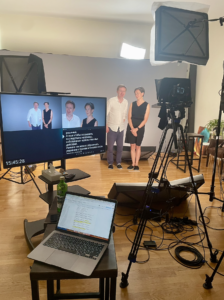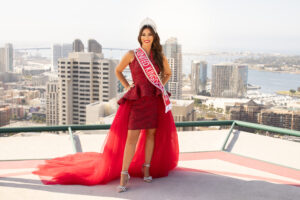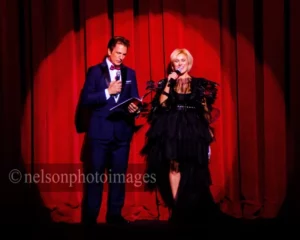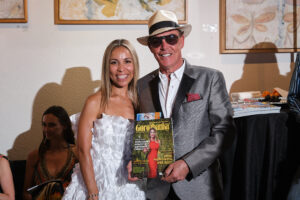Art of Non-Violent Relations:
a free video course for everyone who wants to help teenagers build safe relations
“Art of Non-Violent Relations” is an international program to prevent violence and abuse
among teens and youths.
The program appeared in 2020 as a part of the U.S.-Russian partnership of specialized NGOs. The program has been thoroughly tested with 50 girls and boys of the age 12 to 18 and received complementary feedback from the teens, their parents and the international professional community.
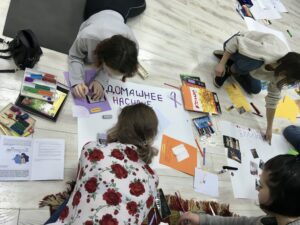
Now, in 2024 “Art of Non-Violent Relations” is accessible globally and free to every person in
the world who wants to help teenagers live safer lives.
Visit www.safe-relations.art/eng and read more about the program below.
“Art of Non-Violent Relations”: what’s its main idea?
The program “Art of Non-Violent Relations” is based upon SEL / Social Emotional Learning – the paradigm widely used in education and prevention. The main idea of the program is the following:
our emotional intelligence is the best way to protect us from unsafe relations, as well as from hurting others.
“Art of Non-Violent Relations” not only raises awareness so that teenagers could better recognize violence. Not only gives answers to the questions of ‘what to do in case of abuse’ and what personally I can do’. It also helps to form certain emotional skills.
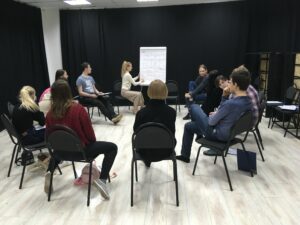
On the one hand, these emotional skills allow a person to more confidently guard the boundaries of one’s own safety. On the other hand, they allow not to violate the boundaries of the safety of other people, even if a person feels angry.
So, “Art of Non-Violent Relations” invites everyone to prevent violence and unsafe relations with the help of emotional intelligence skills.
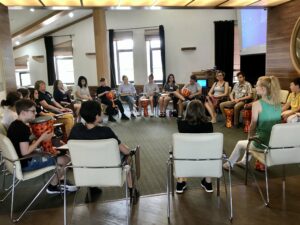
How it works?
It starts with recognizing our emotions and feelings. Am I angry, or worried right now? Do I feel safe in relations with this or that person, or do I feel hurt and neglected?
It goes to trusting our emotions and feelings. If I feel anxious or scared in relations with the person, I won’t try to convince myself it’s all right or it’s my own fault. I’ll ask myself questions on what makes me feel like that. And if these emotions arise as feedback to someone’s actions, I’ll let the person know. I’ll ask to stop doing what he or she does. Or I’ll protect myself in an accessible and safe way if a person is not listening to me.
On the other hand, if I feel angry, I know it means something.
Then, I’ll again won’t try to convince myself that nothing happens.
Otherwise, I’ll investigate what causes my anger. And I’ll try to help myself or protect myself so that I’ll stay safe, and no other person will got hurt by my moods.
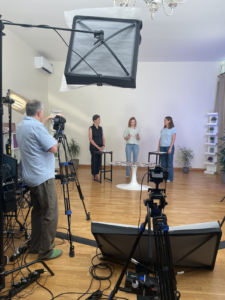
Then it goes to communicative skills. It means I know how to speak about my feelings and emotions in a safe way. On the one hand, I know how to stop the others from hurting me. On the other hand, I know how not to hurt others by myself.
Finally, it ends with social skills. It means my emotions serve as a compass to me: it shows what behavior is safe when I feel this way or that way. What options and alternatives I have if I feel stuck or helpless. Where and how I can ask for help or for a protection.
Thus, from the question ‘How do I feel’ we may safely come to the answer ‘To keep me safe I can do this and that’. And methods of artistic nature (associations, music, playing games etc) help us to form emotional skills.
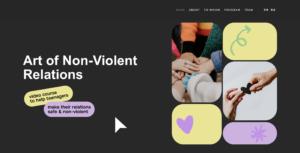
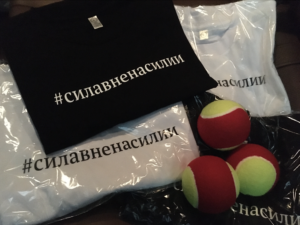
How to use the video course?
The video course is useful to professionals, parents, people. You may watch “Art of Non-Violent
Relations” from the first part till the end. Then choose and use those tools, approaches or ideas
that suit you most. For professionals they may include, for example, psychological techniques
or group activities. For parents – ways to talk about aggression. And for every person – tools to
develop emotional intelligence and ways to stick closer to the values of safety and non-
violence.
Join us at www.safe-relations.art/eng
